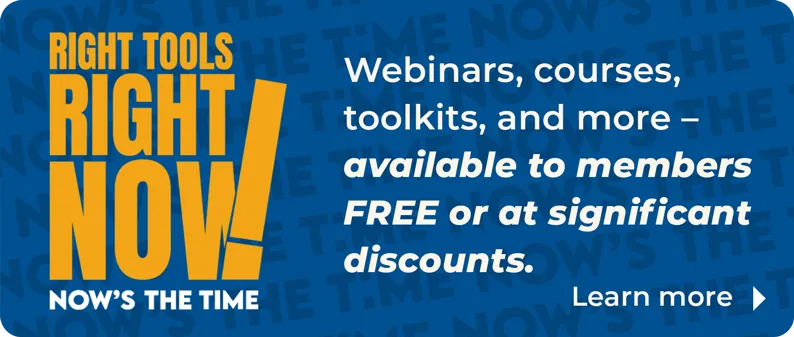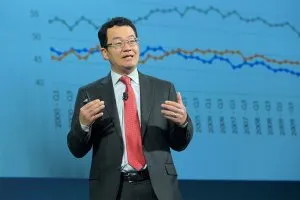
Several years ago, while on a vacation in London, my daughter very successfully mastered the art of navigating London’s underground transportation, commonly known there as “the tube.” This was interesting to me because she didn’t grow up in an area that had public transportation. Although I grew up in Chicago and took the “El,” or elevated train, most of my working life, sadly, I was not as experienced abroad, so we agreed that she would be our transportation expert during the trip.
Beyond my daughter’s newly acquired navigation skills, what interested me was that at every stop, the conductor would say, “Mind the Gap.” There were notices painted on the ground in front of each entry to a door: “Mind the Gap,” in bold letters.
It struck me as a metaphor for learning and development. We should always “mind the gap.” It’s very easy to let someone who inherently seems better at something take over—even if it’s not their job. But it’s not as easy to develop someone who has the actual job responsibility. I am not saying it was my daughter’s job to navigate or that it was mine. But it was certainly easier to let her handle it than try to figure it out myself.
In the workplace, we often find that we can rely on others to navigate the gaps in our skills. We do this by constantly asking questions about the same things. As leaders, we do this by removing responsibility from one employee and giving it to another. These actions become a workaround, ignoring an opportunity for professional development, especially in times when resources are very limited.
Yet working around these gaps ends up weakening the workforce. While we may think we are playing to employees’ strengths, we miss the opportunity to build up the professionalism and overall capacity of our staff, which in turn would allow us to have a more robust organization with increased capabilities to serve members.
At the leadership level, gaps are called “blind spots.” Remember when we were learning to drive, and we were taught to be aware of the blind spot? It’s the same thing in business. If we don’t know where our blind spot is, we will very likely crash, causing our careers to derail.
If we have any level of self-awareness, it’s likely we already know where we need to improve. Fortunately, we’re never beyond learning and changing our behaviors.
I’ve often had people tell me they don’t need any training or professional development because they’re at the top of their game.
Yet think about all the athletes who have amazing careers, and suddenly, they don’t play so well anymore. There’s a series of missed throws, missed catches, missed touchdowns. That’s what happens when you think you can’t get any better.
The word “training” can prompt a negative reaction from employees—that attitude of “I don’t need to be trained in anything.” It can feel difficult to say yes to continued learning—or professional development or training—because we might think it isn’t good to admit we need help in any area. But it shows strength to say, “Yes, I’ll learn something new.”
Our members are required to take a certain number of hours of continuing education, so why wouldn’t we as staff follow that same practice?
You may already be aware of gaps that require training. If not, take the association’s job descriptions (which are hopefully well-written and truly descriptive) and make mental notes of where your staff might need additional support to improve their job performance. In other words, identify the gap.
Fortunately, we’re never beyond learning and changing our behaviors."
Then, consider any constructive feedback you’ve provided in annual reviews. Conduct an internet search for professional development programs based on the identified criteria. Many programs are quite reasonably priced; just be sure to include funds in your budget. This is minding the gap.
Keep in mind that adults have different learning styles. Employers today tend to want to throw an instructional video at everything, but not everyone is a visual learner. Some people learn best through reading, some learn through touch, some learn by doing and others through hearing. Try to find a professional development option that includes all styles, so you offer the employee a fully balanced program.
Discuss any opportunities you’ve discovered with your staff members and encourage them to participate. Make it a performance goal for their annual evaluation. If they don’t like the options you’ve offered, give them the budget parameters and encourage them to find something independently. Make sure they get enrolled and keep the commitment.
As it turns out, traveling can be more than just fun and relaxing—it can also be an opportunity for insight and learning. Mind the gap, folks!









